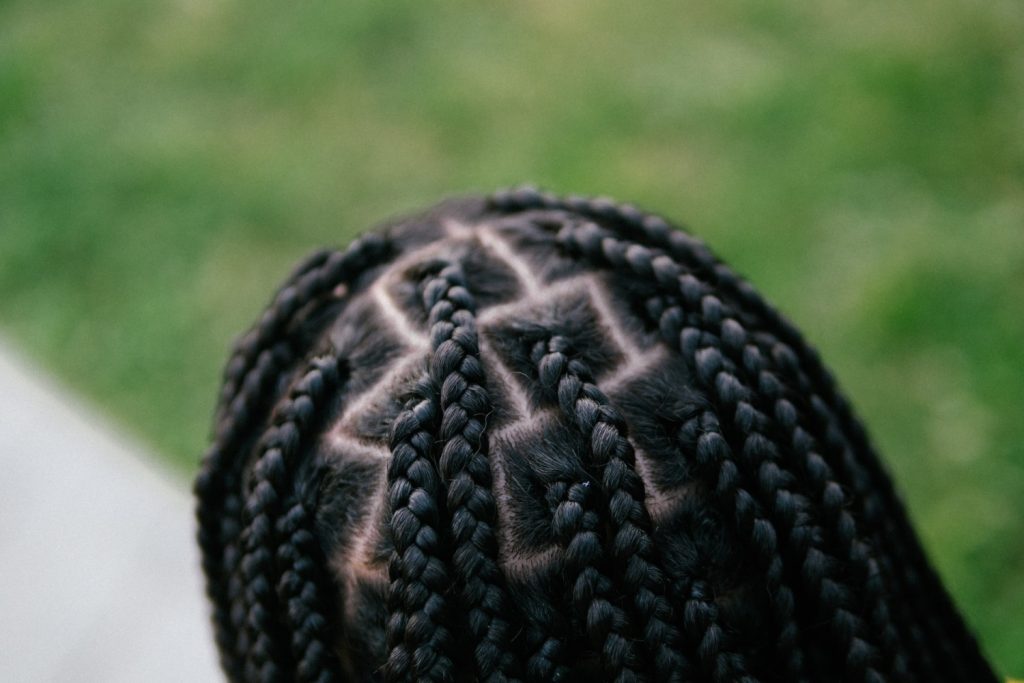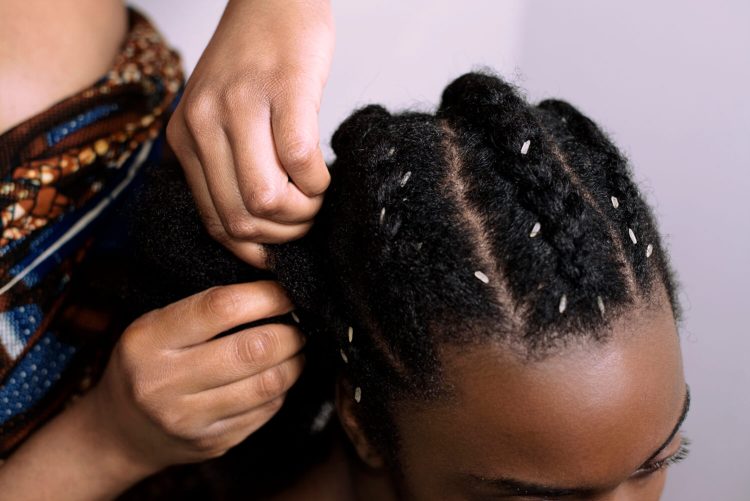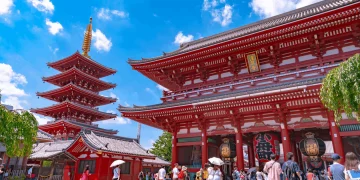Enduring Symbolism of Latin American Hair Braiding
The braids of Latin America stand as unique hallmarks of indigenous culture, steeped in profound symbolism. Notably, the indigenous women’s braids ingeniously blend tradition with contemporary style, far transcending mere aesthetics.
Cultural Significance:
A Braid Beyond Beauty
In Latin America, braiding is not simply a style statement but a homage to history, ethnic diversity, and rich cultural heritages. Braids in various forms such as square, ribbon, beaded, side, and crown convey distinct styles and meanings.
Historical Roots:
Tresses Tied to Civilizations Past
Tracing back to the Maya and Aztec eras, hairstyles communicated community or tribal affiliations. Today, this tradition persists in Mexico, Guatemala, and parts of Central America. Furthermore, certain braiding styles denote marital status within communities like the Mazatec in northern Oaxaca, southern Veracruz, and Puebla.
Symbolism of Unity:
Interwoven Strands of Community Strength
The interlaced hair has always been a symbol of community strength, signifying unity and the indigenous value placed on cooperation. During the Mexican Revolution, female combatants sporting two prominent braids became symbols of the revolution, embodying the spirit of resistance.
Cultural Integration:
Slavery and the Braid’s Underground Codes
The transatlantic slave trade intertwined African cultures with Latin American braiding traditions. In 16th-century Colombia, intricate braids carried coded messages crucial for disseminating information about escapes and surroundings.
Liberation Through Hairstyles:
The Braids as Maps of Freedom
For enslaved peoples, braids served as ‘maps,’ helping to guide escapees. Women’s less regulated movements allowed them to memorize and convey routes of escape in their hairstyles. For instance, certain braid patterns indicated safe passages through bushlands, plains, or by rivers, transforming braids into symbols of liberation.

Testimonies of Resilience:
Seeds of Freedom Woven Within
Afro-Colombian leader Fabiola Ruiz from Cali attested that braids not only mapped escape routes but cleverly concealed seeds to ensure survival upon reaching new territories.
Colonial Legacy:
The Braid’s Transformative Journey
During colonial times, cutting a slave’s braids was an act of power and humiliation. With the abolition of slavery, certain discriminatory practices persisted, forcing Black and Indigenous women to abandon braids to secure employment. Over time, what once was a cultural element became a symbol of liberation.
Modern Day Emblem:
A Continuing Symbol of Liberation and Unity
Even as international beauty trends momentarily adopt braids, ribbons, and hairstyles, the significance of Latin American braids remains intact: a perpetual emblem of freedom and unity within the mosaic of Latin culture.





















